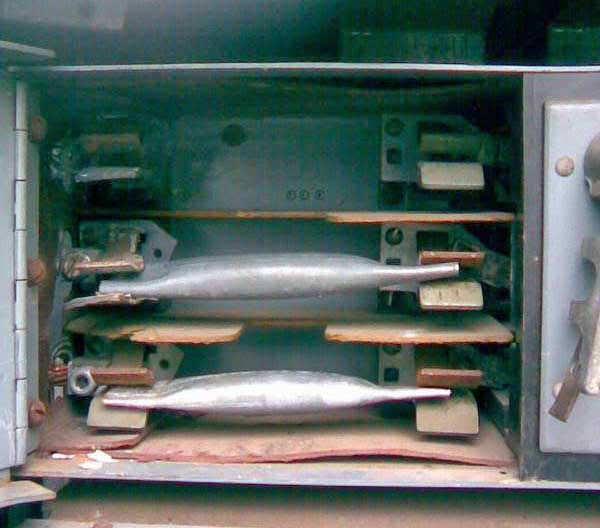-
1
- #1
STONE85
Industrial
- Jul 16, 2021
- 33
Good morning,
With regards to the use of fuse switches and MCCBs what is the process in selecting one over the other. I know they each have their advantages and disadvantages but does it come down to the load they are protecting?
Thank you
With regards to the use of fuse switches and MCCBs what is the process in selecting one over the other. I know they each have their advantages and disadvantages but does it come down to the load they are protecting?
Thank you

![[censored] [censored] [censored]](/data/assets/smilies/censored.gif)
